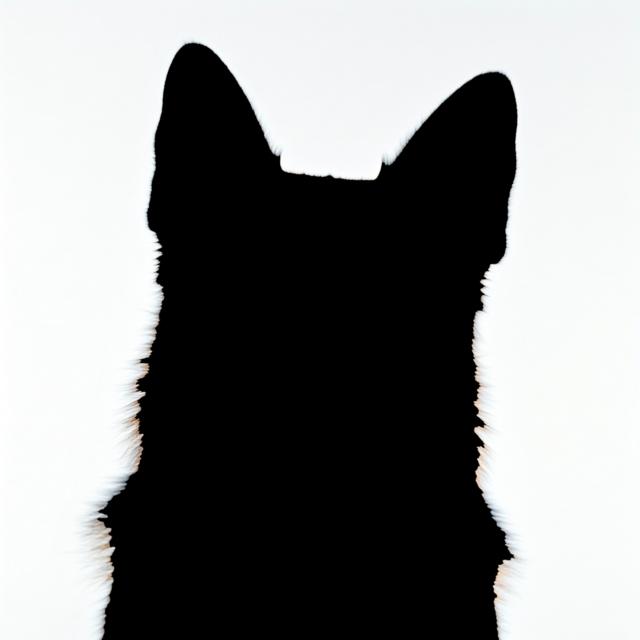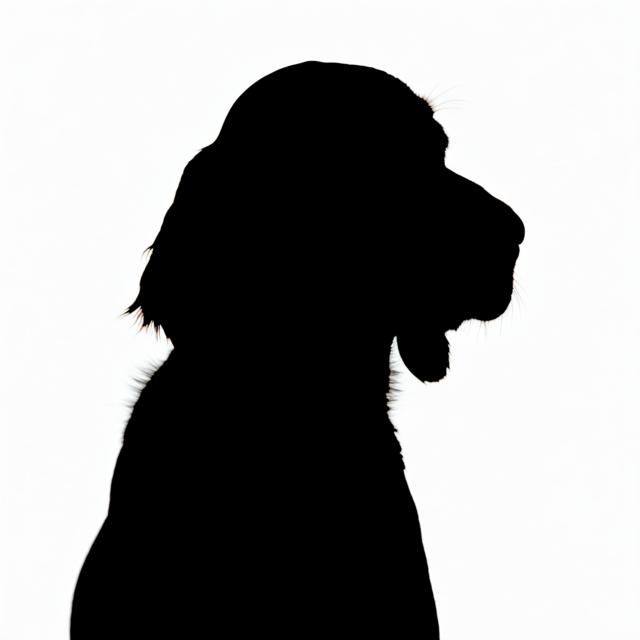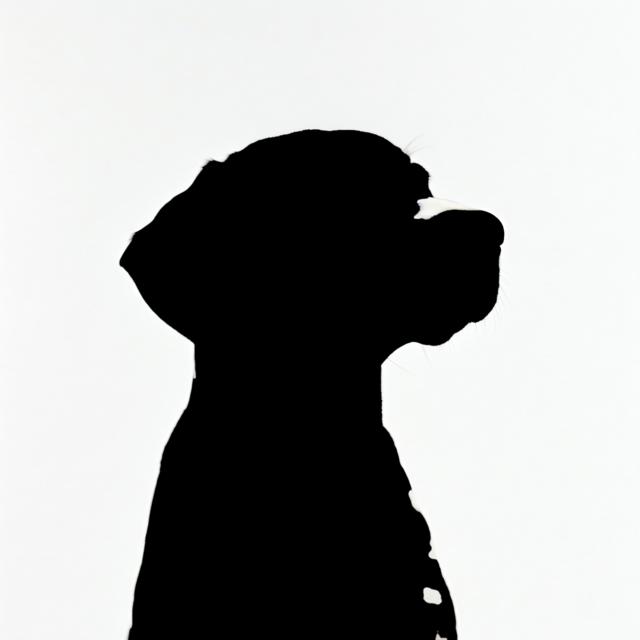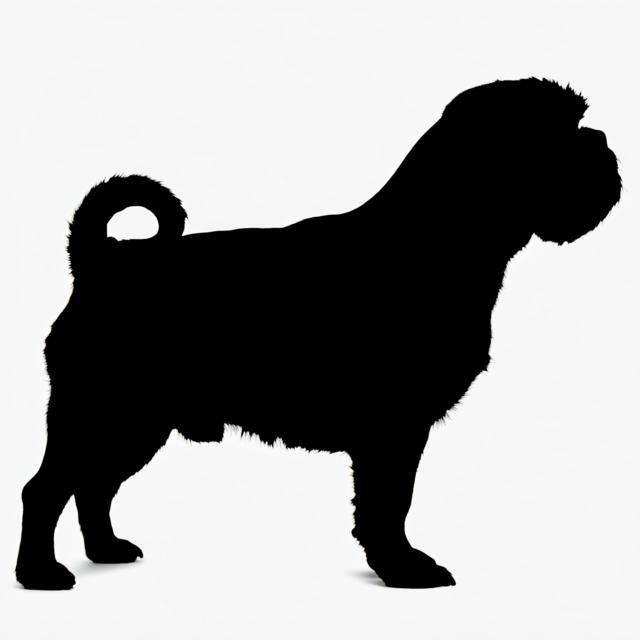| Head | - Clean-cut, strong, and in proportion to the body.
|
| Skull | - Flat to slightly rounded; may show a slight occipital protuberance.
|
| Ears | - Triangular, of moderate size, set high on the head, and folded forward or to the side.
|
| Eyes | - Almond shaped, can be brown, blue, amber or a combination.
|
| Nose | - Black in black and blue merle dogs, liver in red and red merle dogs.
|
| Muzzle | - Tapers slightly from base to nose.
|
| Teeth | |
| Neck | - Moderately long, slightly arched.
|
| Forequarters | - Shoulders well laid back, forelegs straight and strong.
|
| Fore Legs | - Straight and strong, with moderate bone.
|
| Hindquarters | - Broad, well-muscled, with well-turned stifles.
|
| Hind Legs | - Strong, with moderate bone, and well-defined hocks.
|
| Feet | - Oval, compact, with well-arched toes.
|
| Tail | - Straight, naturally bobbed or docked; if present, not to exceed 4 inches
|
| Gait | - Smooth, free and easy, agile movement.
|
 akc
akc ankc
ankc ckc
ckc fci
fci nzkc
nzkc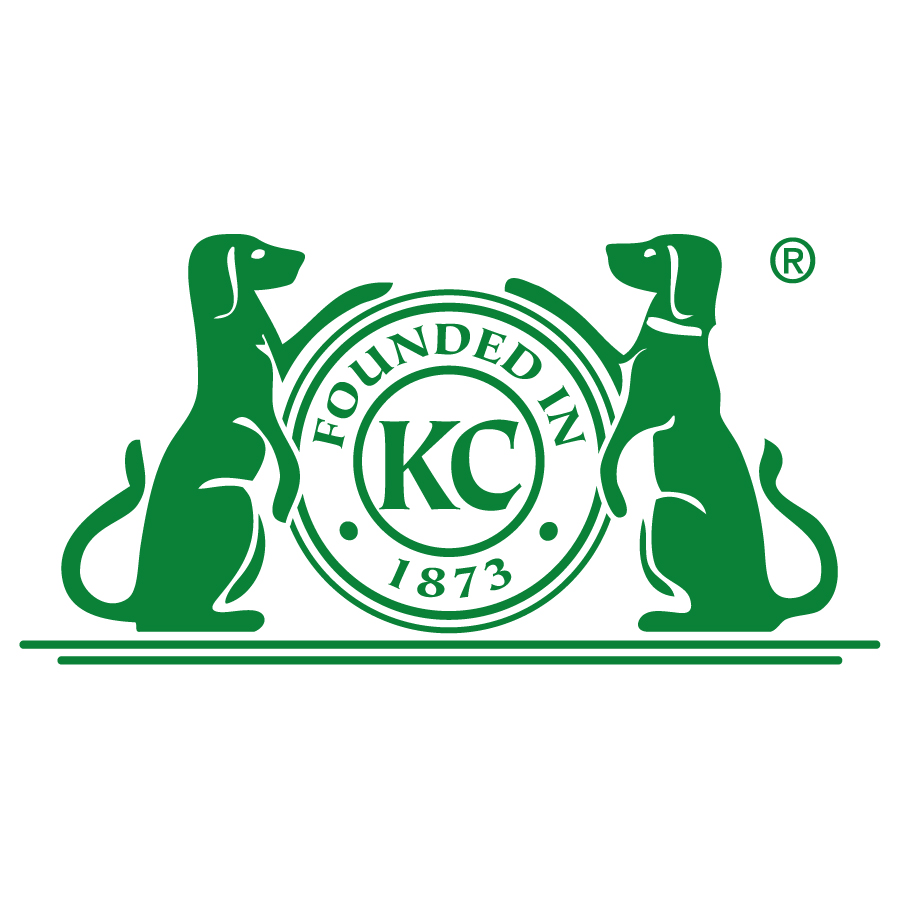 rkc
rkc ukc
ukc